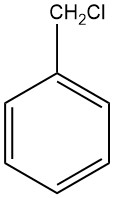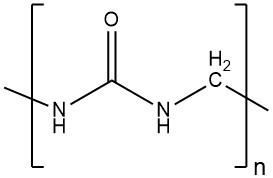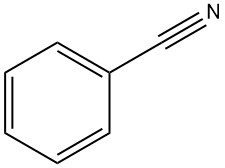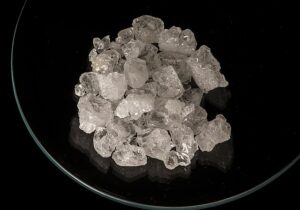
Benzyl Chloride: Properties, Production and Uses
Benzyl chloride, also known as α-chlorotoluene, is a toluene derivative with chlorine substitution in the side chain. It is a colorless liquid withthe chemical formula C7H7Cl.

Benzyl chloride, also known as α-chlorotoluene, is a toluene derivative with chlorine substitution in the side chain. It is a colorless liquid withthe chemical formula C7H7Cl.

Aniline resins are a type of resin that is formed by the reaction of formaldehyde and aromatic amines. The initial step in this reaction, known as hydroxymethylation, occurs in an alkaline environment and produces a basic condensate.

Urethane resins are formed by the condensation reaction of a urethane (carbamate) with an aldehyde. The reaction conditions determine whether a distinct compound or a resin is formed.

Melamine reacts with formaldehyde at pH 9–10 to form hexahydroxymethylmelamine. One mole of melamine combines with 6 moles of formaldehyde to produce hexahydroxymethylmelamine.

All urea–formaldehyde condensates containing the recurring unit urea-methyl, from monomolecular to high molecular products. During the 1970s, multiple revelations emerged regarding the composition of urea–formaldehyde resins.

Amino resins are a versatile class of materials with a wide range of applications. They are typically formed by the reaction of an amine with a formaldehyde, and can be further modified with a variety of other additives.

Amino resin production is a two-step process: hydroxymethylation and condensation. Hydroxymethylation is the addition of formaldehyde to an amino compound, such as urea, to form a hydroxymethyl derivative. Condensation is the reaction of two hydroxymethyl derivatives to form a larger molecule.

Amino resins are condensation polymers formed by the reaction of carbonyl compounds with compounds containing amino, imino, or amide groups. The reaction releases water, and the resulting products are oligomers, also known as prepolymers.

Benzonitrile is an organic compound with the formula C7H5N, abbreviated PhCN. It is a colorless liquid with a sweet bitter almond odor. It is mainly used as a precursor to the resin benzoguanamine.

Aluminates are metal salts of alumina (aluminum oxide, Al2O3). The most important aluminates in industry are sodium aluminate and barium aluminate.

Hans Christian Oersted first prepared anhydrous aluminum chloride in 1825 by passing chlorine gas through a heated mixture of alumina and carbon. This compound is a significant catalyst in organic chemistry, particularly for Friedel-Crafts alkylation and acylation, which are used to produce alkylated aromatics, dyestuffs, pharmaceuticals, and perfumery chemicals.

Alum, recognized as a double salt of potassium and aluminum sulfates, was known among the ancient Greeks and Romans as both an astringent and a mordant for wool dyeing. It found diverse application, extending to skin processing, preservation of both animal and human remains, and for fireproofing wood.